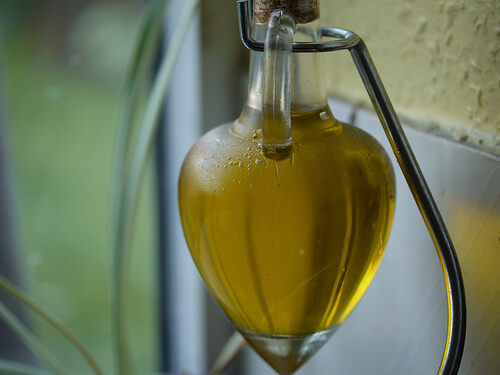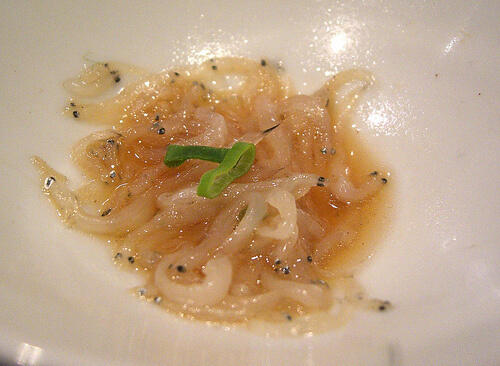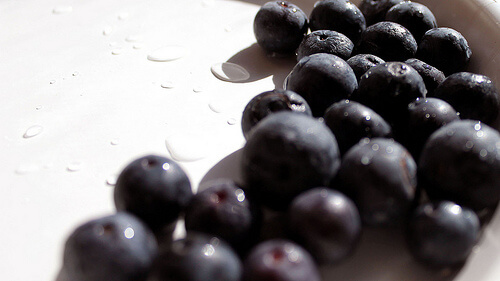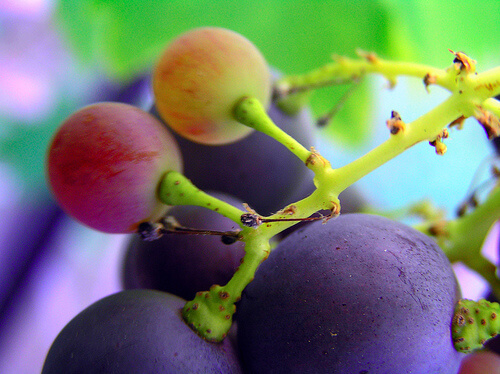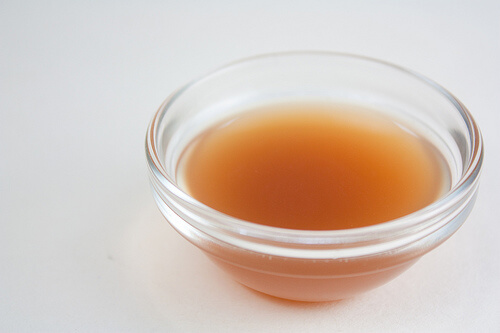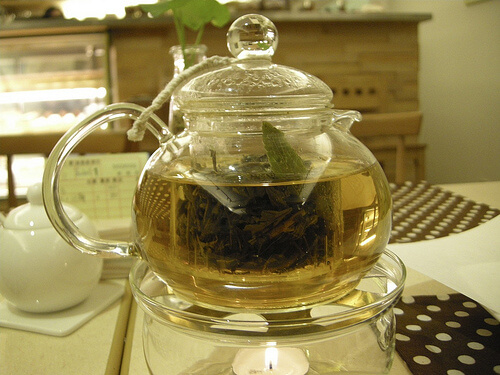The 9 Very Best Natural Painkillers
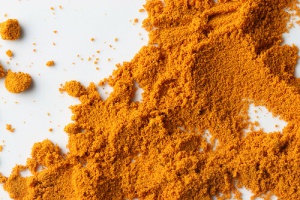
There are all kinds of different painkillers you can buy in pharmacies. But for anyone who prefers home alternatives, this is the article for you. We’re going to show you some of the very best natural painkillers there are.
1. Olive oil, one of the best natural painkillers
Olive oil is one of nature’s best remedies for many pains and conditions, along with being delicious. Always make sure you choose extra virgin olive oil. It’s healthier than the other kinds they sell in stores. Another option is to go directly to a dietary store an organic fair or farmer’s market.
This oil has a natural substance that acts just like ibuprofen and other non-steroid anti-inflammatory medications. Studies have shown that olive oil is comparable to these drugs in pain reduction.
The good news is that, as a natural remedy, it doesn’t bring a bunch of health risks with it. It doesn’t cause blood clots, Alzheimer’s, or cancer, unlike some of these artificial medications.
Read more:
How to Detect Alzheimer’s in Time
2. Turmeric
This spice contains curcumin, one of the best natural painkillers, helping to block pain and fight inflammation. You can use it instead of pharmaceutical drugs, and it doesn’t have their negative side effects. Studies have shown that turmeric can help with rheumatoid arthritis pain by “stopping” neurotransmitters from being sent to the brain.
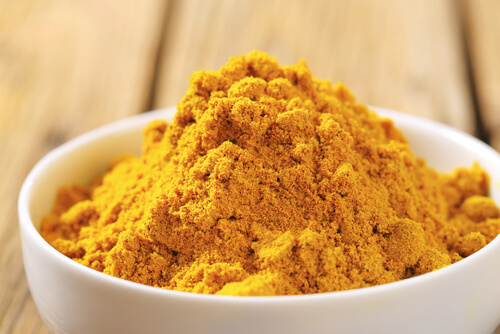
The suggested dosage of turmeric is about 600 mg, which you should have three times a day to get the full benefits.
3. Fish oil
Since it contains omega-3 fatty acids, it can block the production of inflammatory chemical substances like leukotrienes and cytokines. These cause a lot of intense pain and are also one of the causes of arthritis.
Eating fish oil can even notably reduce the symptoms of Crohn’s disease. It can also help people come away from dependence on steroids and pharmaceutical products, which become addictive and require higher and higher dosages to ease pain.
4. Blueberries
This small, bluish, delicious fruit has many wonderful properties. Blueberries are a great anti-inflammatory because they have a lot of antioxidants. These eliminate free radicals, which are responsible for the inflammation of digestive mucus. If that happens, it can cause ulcers, urinary tract infections, or digestive problems, among other things.
Studies show that eating a cup of blueberries a day prevents almost 60% of urinary tract infections, for example. They’re also great for cleaning your blood, reducing inflammation and fluid retention, and helping diabetic patients reduce blood sugar levels.
5. Grapes
Grapes help treat back pain, so typical in today’s society because of how long we spend sitting with bad posture in front of computers or the TV. The anti-inflammatory properties of grapes increase blood flow in the lumbar area, which can reduce feelings of pain.
You might like:
Studies show that the best daily amount to get the full benefits from grapes is about 1 cup. That will relieve back, neck, shoulder, or wrist pain.
6. Oats
Oats have a lot of properties, which is why we suggest having them at breakfast with milk, orange juice, and yogurt. They’re a great anti-inflammatory for women because they reduce inflammation in the pelvic area during menstruation.
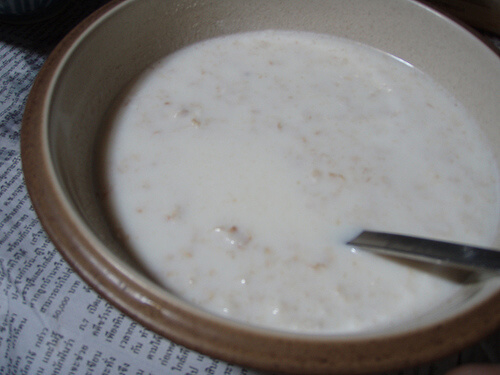
They’re also a perfect, complete food for raising your body’s levels of zinc, a mineral that brings a lot of relief to people with endometriosis. You can also have them with meat, chicken, vegetables, salads, or soups.
7. Garlic
Of course garlic would be on a list of the best natural painkillers. It has a thousand and one properties, and painkilling is just another one of them.
It helps reduce pain in the joints, especially for people with arthritis. To get its full benefits, peel a garlic clove and heat it in a tablespoon of oil. Apply it to the area that hurts and let it take effect. Right away, you’ll notice the discomfort and pain melting away and feeling relieved.
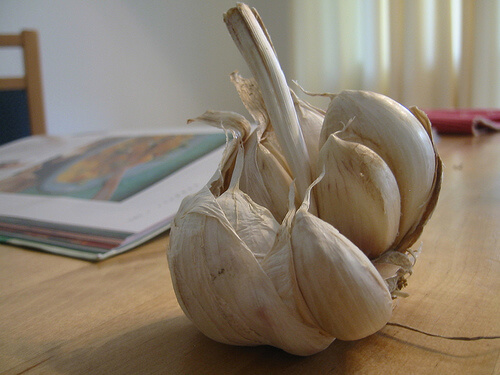
You can also use garlic to treat molar pain. For that, crush three garlic cloves and mix with a little bit of salt. Apply to the tooth bothering you and let sit for a few minutes. The saliva that it produces and the juice from the garlic will have you saying goodbye to tooth pain (which is one of the worst kinds out there).
8. Apple cider vinegar
You can use this as a condiment for salads, or drink by itself, and it’s an amazing painkiller. It has alkaline effects that run through your entire body and can be a great help for the busy life you lead. Apple cider vinegar relieves acidity and inflammation in the upper part of the stomach.
To take full advantage of its benefits, mix a tablespoon of it with a cup of water. Drink it any time you have acid reflux and you’ll get amazing results.
9. Chamomile
Last on our list of the best natural painkillers, chamomile tea is great for reducing inflammation in muscles and calming nerves. It has tons of medicinal properties for your body and can also help you relieve back, neck, and wrist pain.
Drink up to three cups of chamomile tea throughout the day or at night and you’ll see: your muscles and joints will hardly hurt at all!
Images courtesy of delfina basterrica, Smabs Sputzer, Steven Jackson, Alpha, Daniella Segura, Anders Ljungberg, Wiennat Mongkulmann, David Pursehouse, veganbaking.net, Valter Wei.
All cited sources were thoroughly reviewed by our team to ensure their quality, reliability, currency, and validity. The bibliography of this article was considered reliable and of academic or scientific accuracy.
- Caballero-Gutiérrez, L., & Gonzáles, G. F. (2016). Alimentos con efecto anti-inflamatorio. Acta Médica Peruana, 33(1), 50-64.
- de Cos, P. S., & Pérez-Urria, E. (2014). Cúrcuma I (Cúrcuma Longa L.). Reduca (Biología), 7(2).
- Jurenka, J. S. (2009). Anti-inflammatory properties of curcumin, a major constituent of Curcuma longa: a review of preclinical and clinical research. Alternative medicine review, 14(2).
- Puertollano, M., Puertollano, E., Álvarez de Cienfuegos, G., & De Pablo, M. A. (2010). Aceite de oliva, sistema inmune e infección. Nutrición Hospitalaria, 25(1), 1-8.
- Basu A, Du M, Leyva MJ, Sanchez K, Betts NM, Wu M, Lyons TJ. Blueberries Decrease Cardiovascular Risk Factors in Obese Men and Women with Metabolic Syndrome. The Journal of Nutrition 2010; 140 (9): 1582-1587. Available at: https://doi.org/10.3945/jn.110.124701.
- Vélez-Marín, M., Uribe-Velásquez, L. F., & Souza, M. I. L. (2012). Papel del resveratrol de uva como antioxidante. Revista luna azul, (34), 240-256.
- García Bacallao, L., Rojo Domínguez, D. M., García Gómez, L. V., & Hernández Ángel, M. (2002). Plantas con propiedades antiinflamatorias. Revista Cubana de Investigaciones Biomédicas, 21(3), 214-216.
This text is provided for informational purposes only and does not replace consultation with a professional. If in doubt, consult your specialist.

